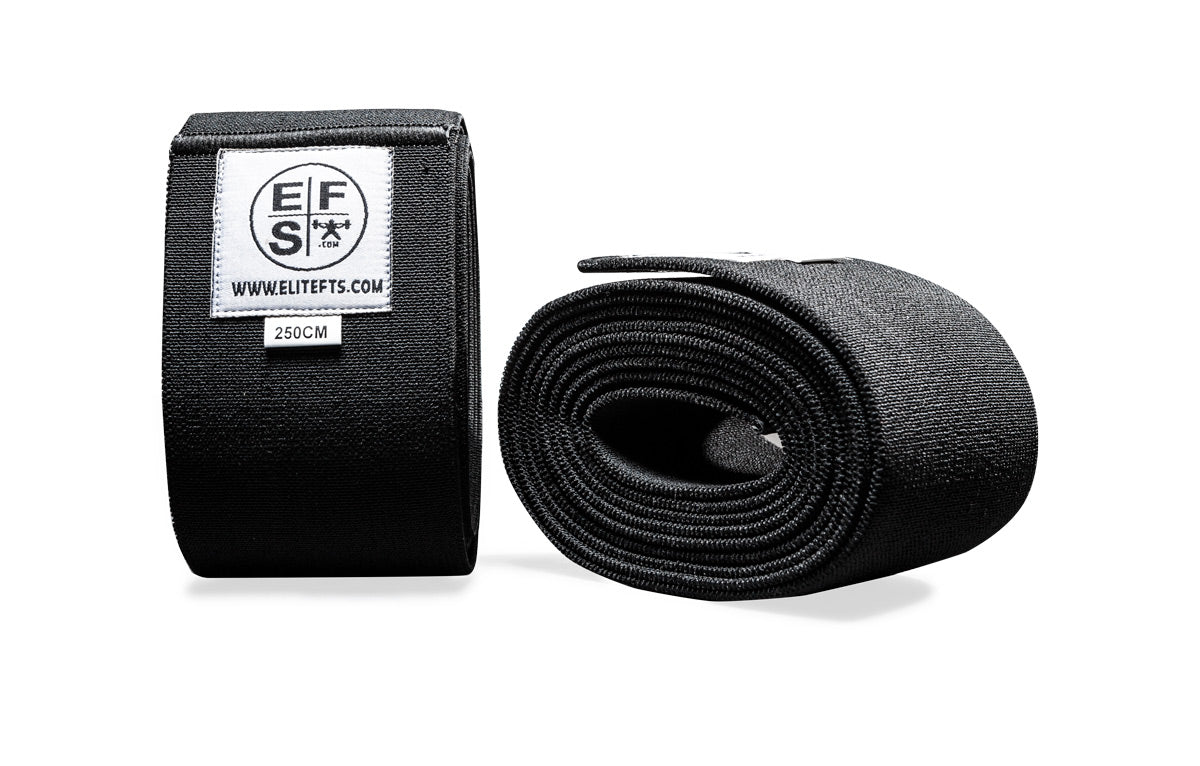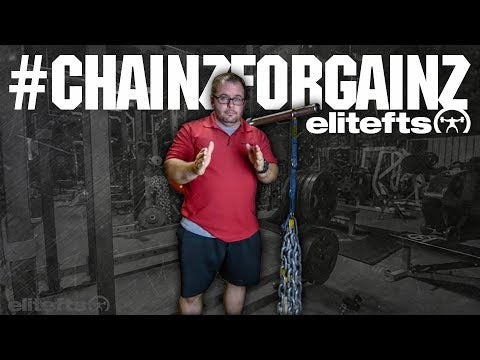Do you remember The Strange Case of Dr. Jekyll and Mr. Hyde, a classic book of fantasy literature written by R. L. Stevenson in which the author elegantly argues about personality splitting? There is the same direct proportionality between strength and power:
- Power is a strength function and he’s the evil face of strength.
- Strength is the basis of power and the latter is expressed in most athletic skills.
The purpose of this article is to examine “functional” training, analyzing for specific points (despite my difficulty dealing separately with topics that actually are all related to each other) and key concepts that I believe are fundamental to understanding and constructing truly functional training:
So, are you ready to see if your workout is really functional or if it’s just another fad?
- Strength development and the difference between strength and power
- Strength training and energy systems training
- Neuromuscular system
- Fatigue versus performance
- Technical and motor learning
Strength development and the difference between strength and power Adaptation is functional, not the tools. We start from a fundamental, basic concept that is the prerequisite for understanding the nature of the training process. A workout is called “functional” on the basis of specific adaptive parameters that an athlete is able to induce, not on the basis of the tools that are used. If your workout is incorrectly set in terms of planning and load variables management, it won't be functional even if you’re using a kettlebell, sandbag, or washing machine tube. Adaptation is functional, not the tools.
Dr. Strength and Mr. Power Strength is a basic motor skill, and as you can guess from the term itself, we must learn to be strong and technically proficient. We must not just perform. Frequent exposure and volume accelerate the learning process at the subcortical level. There are several ways to classify strength. In our case, we’ll classify it in relation to its quality, distinguishing between:
What is the function of the adaptations induced by strength training? In the first occurrence, we have neural-type changes followed by structural-type modifications. This is a key point. Changes in both intramuscular and intermuscular coordination, as well as in the inhibitory mechanisms and motor reflexes threshold, help to increase the nervous system's efficiency in the motor units' voluntary activation and perfect coordination of different rings in the involved kinetic chains. However, we often make the error of not considering that neural adaptations aren't stable and require both plastical and structural stabilization (Moritani-DeVries 1979) as well as maintenance and constant training frequency.
- Maximal strength, or the peak force that the neuromuscular system is able to express in a single maximal voluntary contraction, regardless of the time element
- Speed strength (power), or the neuromuscular system's ability to produce the greatest possible strength in the shortest possible time
- Muscular endurance, or the muscle's ability to maintain a constant power output for numerous contractions repeated over time
At the same time, power, which is the neuromuscular system's ability to produce the greatest possible strength in the shortest amount of time, depends on maximal strength. Thus, increasing maximal strength also increases output power. If maximal strength decreases, power output decreases. An elite athlete or fitness client needs to work on increasing maximum strength first and then work on increasing specific power by performing a strength maintenance workout.
Can functional training, such as those that are practiced today to build power levels, meet the athlete’s needs? No, for these reasons:
Functionality follows programming, not the opposite First take-home message: We want the athlete to develop power. We can't train an athlete exclusively with kettlebells, ropes, sandbags, and Olympic lifts. We need to program by first constructing adequate levels of optimal strength. Strength, if not adequately trained, decreases along with power. Functionality follows programming, not the opposite.
- Most functional guys claim to build strength through kettlebells and barbells, working in circuit style. This isn't possible because the resistance used is low and the onset of residual fatigue as a result of the circuit training prevents the occurrence of required adaptations. This is because maximal strength and power exercises should be performed in a state of complete neuromuscular readiness.
- Training explosive movements through kettlebells and Olympic lifts without having first improved maximum strength won't add any benefit to the athlete's power output. Improving the rate of force development in an individual who fails to develop an optimal nerve impulse firing rate doesn't lead to any improvement, as widely discussed by Zatsiorsky in his Science and Practice of Strength Training.
Strength training and energy systems' training Another interesting element in functional training that is so fashionable today is the use of circuit training with the aim to train both strength and the cardiovascular system (aerobic endurance) at the same time. But this is one of the biggest mistakes ever made in the theory and practice of sports' training. If the subject being trained is a low profile athlete, circuit training can be useful if one of the two qualities—strength or endurance—is weaker than the other. However, in the case of a high level athlete, strength training and endurance training should be completely separate. This is because a specific mode of endurance training transfer on strength occurs to a lesser extent than the transfer that you get on the other motors skills with training strength in a gym.
As always, the specific sport performance model should dictate the training terms. In this case, circuit training is only suitable for those sports with a clear aerobic dominance. When someone claims to train the aerobic system in a gym through circuit training, it means that there isn't any understanding of the physiological process of energy systems' development.
Strength training in the gym implies neural, metabolic, and structural adaptations while energy systems' training implies adaptations to improve both capacity (the total amount of energy that a system is able to provide) and power (the maximum amount of dispensed energy per unit of time).
Second take-home message: Energy systems are trained on the track or field; strength is trained in the gym.
Neuromuscular system As we’ve seen, functionality follows programming. So to make an athlete powerful, you have to train to increase the peak force that the neuromuscular system can produce in a single voluntary contraction (maximal strength), which is a basic condition to allow the increase of the output power in athletic movement. But once again, “functional training” leads you in the opposite direction. With high reps and too low resistance, circuit training (sandbags, kettlebells, medicine balls, ropes, club bells, Bosu balls) implies a detraining of the nervous system and a structural modification in the expression of myosin heavy chain, the latter factor induces the muscle to act more slowly. This type of work isn't looking for quality, but quantity. In turn, it doesn't seek performance, but fatigue.
The ability to develop a greater power output is based on the optimal intramuscular and intermuscular coordination. According to Aagaard (2003,) “Training the neuromuscular system to rapidly recruit motor units is very important in these kinds of movement.” In the table from Fundamentals of Biomechanics by Duane Knudson, two athletes with the same peak value in vertical ground reaction forces have a different rate of force development value. Athlete “A” has a greater rate of force development and will develop a greater vertical impulse and give more power to the jump.
Fatigue versus performance If you want to be fashionable in your training, you have to train with a high volume of circuits using as many functional tools as possible. But at the end of the day, you will feel tired and you’re still weak. You only tried fatigue but not improvement. Plyometric abuse is another classic example. Plyometric work in a circuit training context places the subject in a condition of biomechanical risk. Because of the technique deterioration due to fatigue, there is also the inability to correctly land on the ground and absorb the forces eccentrically. Plyometrics are also highly taxing at the neuromuscular level and require very long recovery times that don't go well with the frenzy of circuit training. According to Dan Pfaff (1995), “This type of work is extremely demanding and must be respected accordingly...The actual techniques required by this type of training will influence the magnitude of its positive contributions. Faulty foot placement, arm action, and recovery mechanisms can lead to injury or reduced volume efficiency.”
If you want to become stronger, powerful, and faster, you’ll have to train like an athlete and look at quality and planning. There aren't any high-level athletes or Olympic athletes who train with CrossFit, circuit-style programs. They only train like athletes.
Technical and motor learning Technique and motor learning are the focal points of any performance improvement. A real athlete needs to develop truly functional motor skills by improving both the quality of movement and the ability to efficiently coordinate all the components of the involved kinetic chain. The motor control decreases with metabolic fatigue. That’s how a movement pattern from functional becomes dysfunctional, and that’s how the compensatory pattern increase makes the athletic skills less efficient.
If the technique is wrong, the muscle's ability to contract and constrict, which is required in agonists and antagonists, is less. If I perform a squat within a death circuit and, during the descent, the relaxation ability of antagonist muscles is less (in this case, the hamstrings), the agonist muscles' velocity will decrease and the motor units' continuous stress will produce an inexorably tired and weak muscle. Technique is always the focal point of every program, and neglecting it will take you directly to failure.
It’s fun to work out as functional guys. It makes you feel really cool, and it can be good for fitness classes or participation in “no limit games.” But athletes need to train like athletes.
References:
- Aagaard P (2003) Training-induced changes in neural functions. Exerc. Sport Sci. Rev. 31(2): 61–67.
- Buzzichelli Carlo (2003)“Dalla palestra alla pista.”
- Knudson Duane. “Fundamental of Biomechanics.”
- Pfaff Dan (1995) “Guidelines for the implementation of plyometric training.”
- Zatsiorsky Vladmir (1995) Science and Practice of Strength Training.














































































































